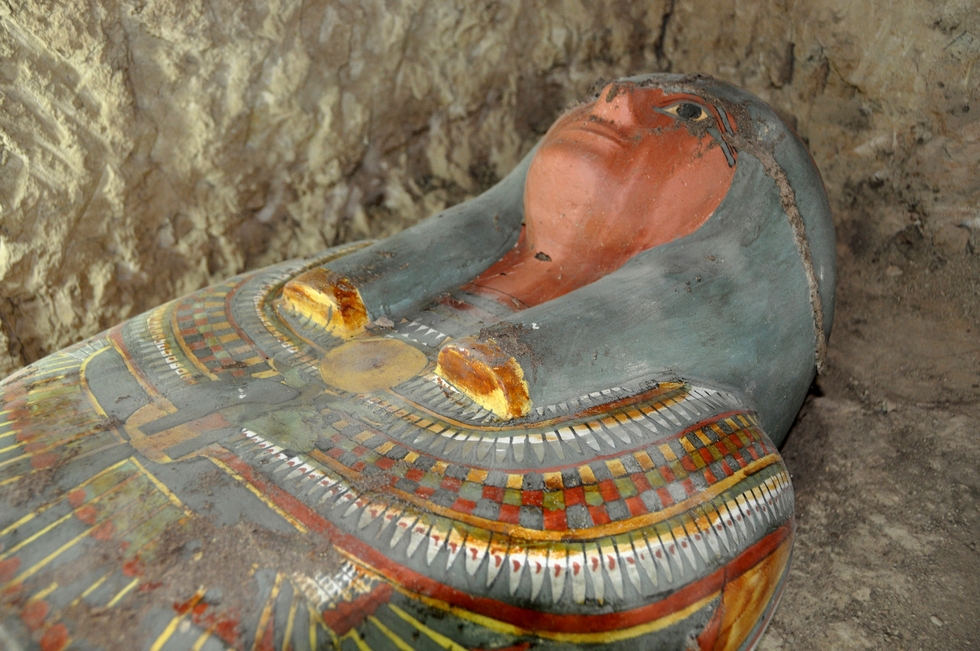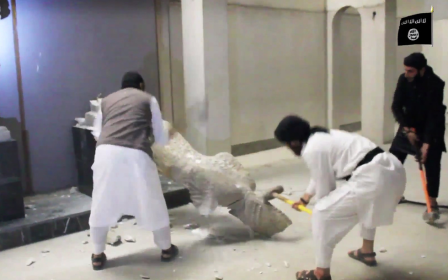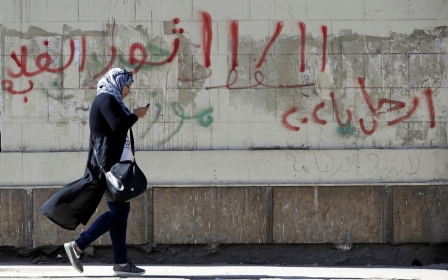Egyptian tomb dig unearths millennia-old mummy and sarcophagus

Spanish archaeologists have discovered a millennia-old sarcophagus containing a mummy in "very good condition" near the southern Egyptian town of Luxor, the antiquities ministry said on Sunday.
The find was in a tomb probably dating from between 1075-664 BC, on the west bank of the Nile river 700km south of Cairo, a statement said.
READ: How Egypt is waging war against smugglers
The mummy inside had been bound with linen stuck together with plaster.
It was in a brightly coloured wooden sarcophagus and had been buried near a temple from the era of fourth-millennium warrior king Thutmose III.
The tomb was likely that of a nobleman, Amenrenef, who was "a servant of the royal household," the ministry said.
The archaeological team's head, Myriam Seco Alvarez, said the sarcophagus had "many colourful decorations recalling religious symbols from ancient Egypt, such as the goddesses Isis and Nephtys displaying their wings, and the four sons of Horus".
The earliest evidence of mummification in Egypt suggests that the practice of wrapping bodies to preserve them after death dates back as far as 4500 BC.
Luxor, a city of half a million people on the banks of the Nile, abounds with temples and tombs built by Egypt's pharaohs.
It is a key site for Egypt's tourist industry, which has been battered by political instability and militant violence since the 2011 revolution that toppled longtime ruler Hosni Mubarak.
This article is available in French on Middle East Eye French edition.
Middle East Eye propose une couverture et une analyse indépendantes et incomparables du Moyen-Orient, de l’Afrique du Nord et d’autres régions du monde. Pour en savoir plus sur la reprise de ce contenu et les frais qui s’appliquent, veuillez remplir ce formulaire [en anglais]. Pour en savoir plus sur MEE, cliquez ici [en anglais].




